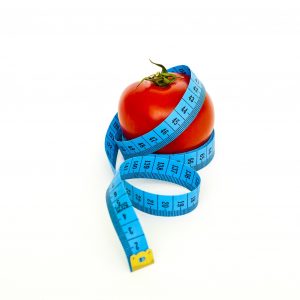Introduction to Food and Nutrition
We are what we eat
If you care about yourself, your family and those you work with, it only makes sense to get a proper understanding of what you eat, and how it is processed in your body.
- If your work involves helping others to a better state of wellbeing, again, it makes perfect sense to get a better understanding of food and nutrition.
This is a short course designed to help you learn what everyone should know, but probably doesn’t know. - It provides excellent professional development for people working in a health food shop, a gym, or a medical service.
- It provides health and wellbeing professionals with an opportunity to fill in gaps in their knowledge or broaden the scope of services they might offer their clients
- It provides a starting point for anyone considering a career or business in the food or nutrition industry.
- It provides an opportunity to improve your own health and wellbeing.
- Make Better Choices when Buying Food
Course Contents
There are five lessons in this course, with things to read and things to do (beyond the reading) in each lesson. At the end of each lesson, you will have the opportunity to review what you learned, by answering automated self assessment tests.
At the end of the whole course; you have the opportunity to undertake an online examination (optional) and if you pass, you will be awarded a Certificate of Completion
The lessons cover the following topics:
Lesson 1 The Digestive System
This provides an overview of nutrition and nutrients. You discover food pyramids (old and new), and the “Eatwell guide”. Learn about new ideas for recommended daily intake (rdi), population based nutrient requirements, digestion, and recommendations including examples of serving size. This lesson also covers the biology of the human digestive system.
Lesson 2 Modifying Diet for a Particular Lifestyle or Genetic Disposition
Learn about how nutrition can be affected by lifestyle, cultural and genetic factors. Discover the way in which how you eat can affect your health just as much as what you eat.
Lesson 3 Foods and Their Nutrition
To this point in the course you may be starting to understand what you should eat; but now you need to learn more about why you eat and where to get good food from. Not all carrots are the same! Obviously fresh is best; but other factors come into play as well. A lot of foods contain preservatives, or may be prepared in ways that might not be ideal. Learn about the impact of food preparation and storage on nutritional value.
Lesson 4 Nutrition and Health Disorders
What you eat does affect different parts of your body in different ways. If you have problems with your skin, digestive system, respiration, heart or some other part of your body, it may be that better management of your diet could help with that problem. Even your mental health can be affected by diet. This lesson helps you to understand how better food choices can impact upon different parts of the body.
Lesson 5 How to Find Reliable Information on Nutrition
There is a lot of contradictory information to be found when you start reading about food and nutrition. It is important to understand that not all sources of information are reliable; but also that everyone is different in their nutritional needs. Just because one food is bad for you, doesn’t mean it is bad for everyone.
If you are going to make wise decisions about eating for yourself or anyone else, it is important to know how to evaluate the different needs of different bodies; and how to discern what is reliable information to use This lesson helps you with precisely these issues; and in doing so, sets you up for continued, effective learning about human nutrition, long after you complete this course.





